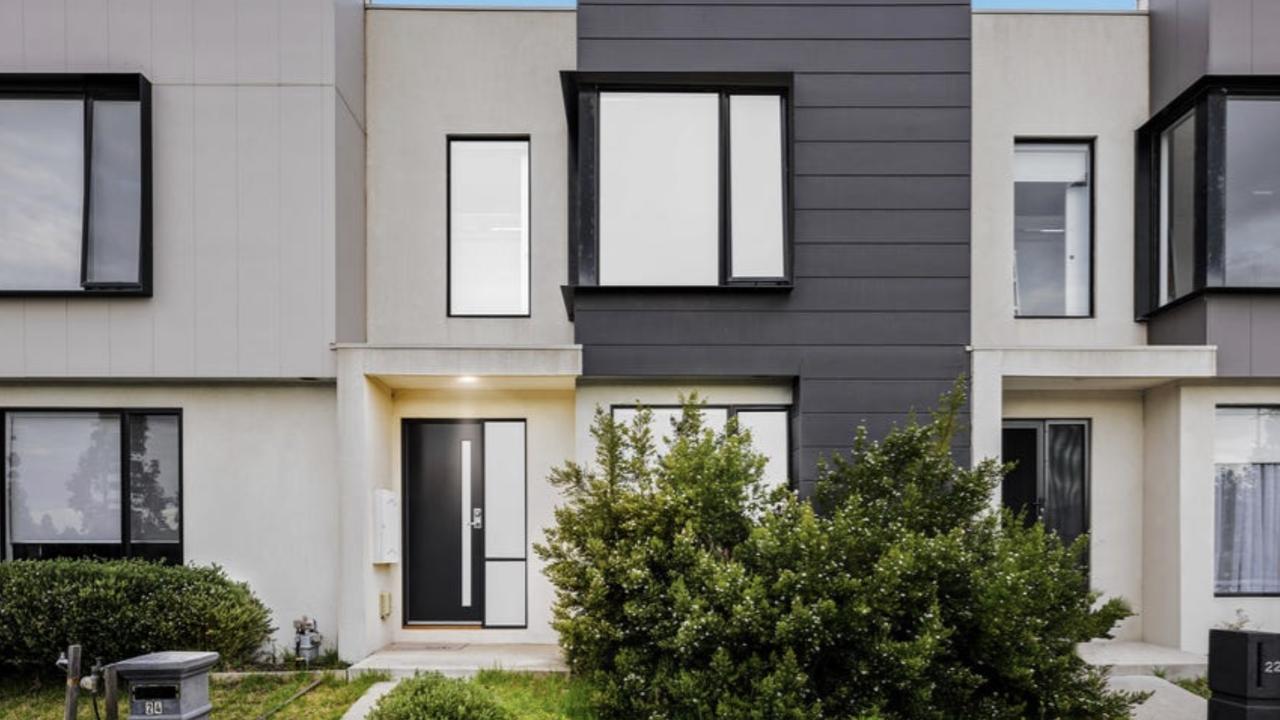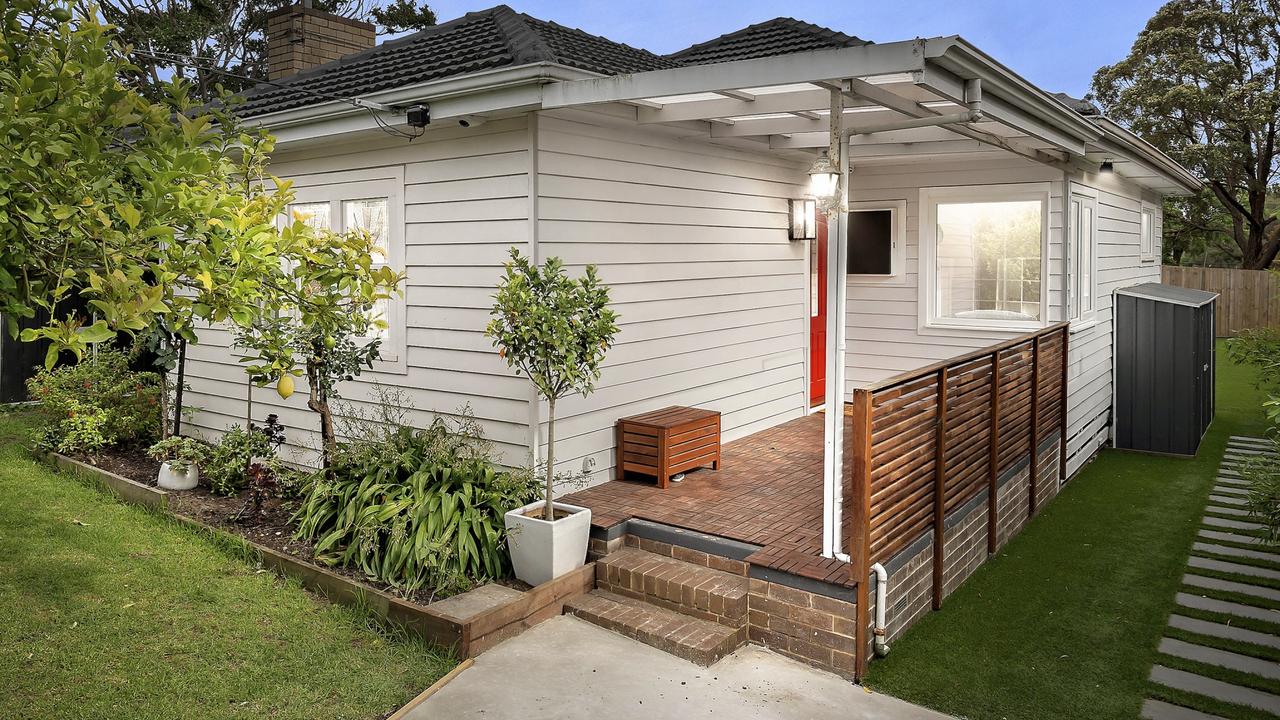Shock losers of rent freeze move exposed
The winners and losers of a proposed rent freeze could be very different to those initially expected.
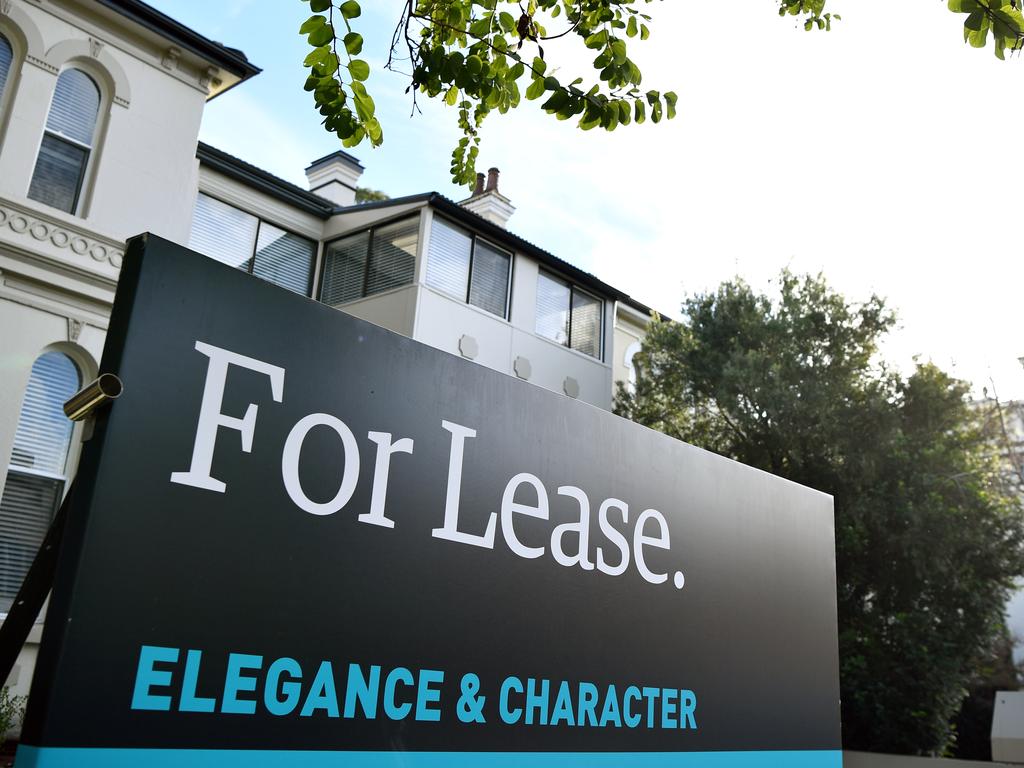
Winners and losers of a potential rent freeze across Australia have been revealed.
The University of NSW (UNSW) has weighed in on the controversial issue of a potential national rent freeze which is being pushed by The Greens who say it will help tenants through the rental crisis.
The Green argue that Labor has the power to fix the issue by freezing rent increases for two years, capping future rental increases and building more housing.
UNSW has looked at both sides of the issue saying that a two-year emergency rent cap would provide relief for tenants however it may lead to landlords selling their properties.
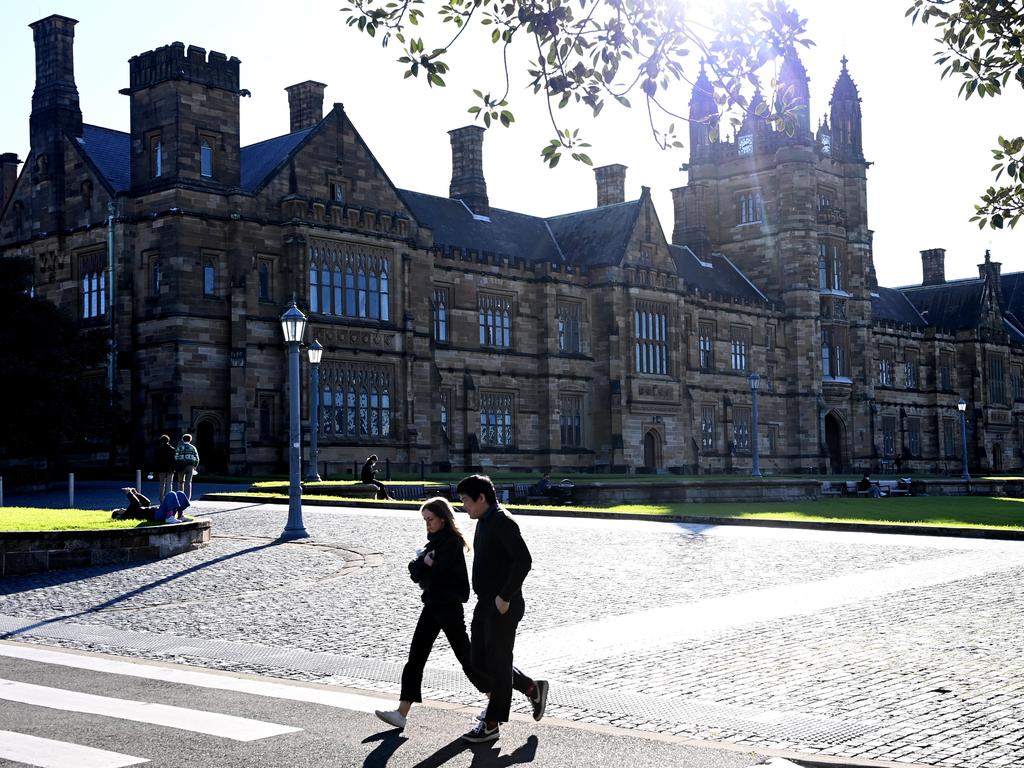

MORE
Fittler’s $10m Origin loss hideout
Where Sydney home prices have doubled in just two years
How you can invest in your own health
UNSW’s senior research fellow in the City Futures Research Centre Dr Chris Martin said rent rises were becoming more common with research showing the national average asking rents had increased by 11 per cent in the last 12 months.
Renters in Sydney have seen their average weekly rent for new tenancies rise by 20 per cent over the past year to $650 per week.
“When properties are re-let, a new tenancy commences and 95 per cent are getting a higher rent than for the previous tenancy,” Dr Martin said.
“Most are going for at least 10 per cent more than previously let. About 75 per cent of properties with existing tenancies have recorded rent increases over the past 12 months, and about 25 per cent are getting increases of more than 10 per cent.”
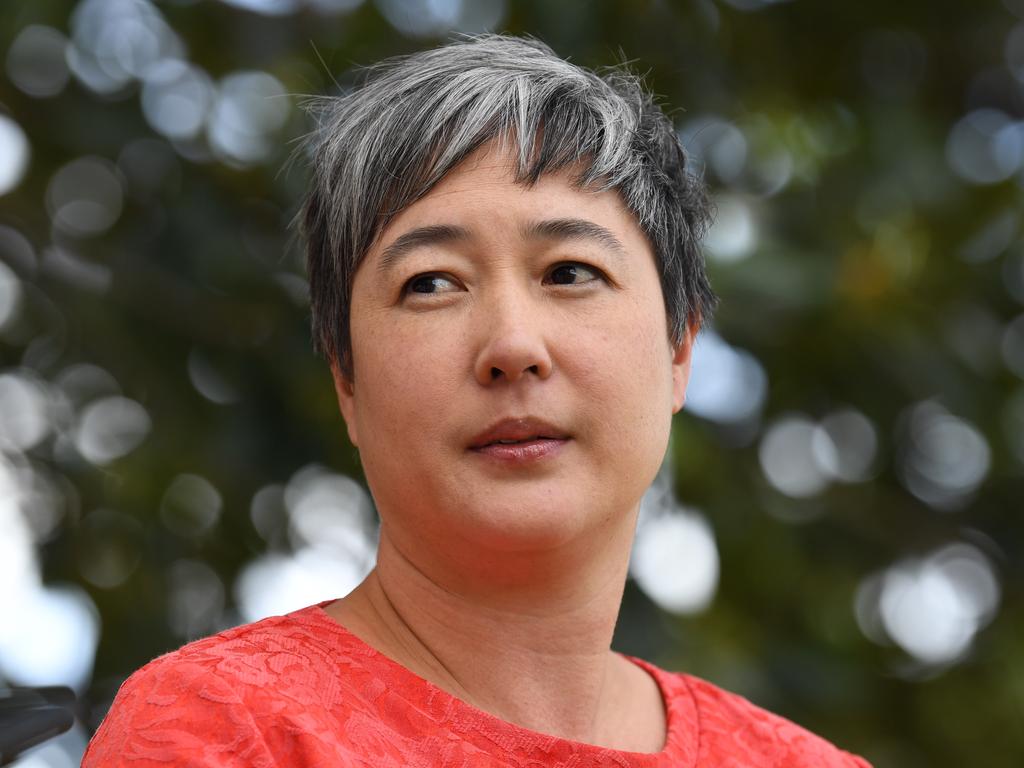
WHO WOULD BENEFIT?
Dr Martin said a rent freeze, and a subsequent rent cap, would protect existing tenants from rents rising.
He also said significant rental increases were a “crucial price signal” to property owners. which should encourage the supply of new rental properties such as newly built homes or underused properties such as Airbnb listings.
“The goal is to expand the rental market by increasing available housing options,” he said.
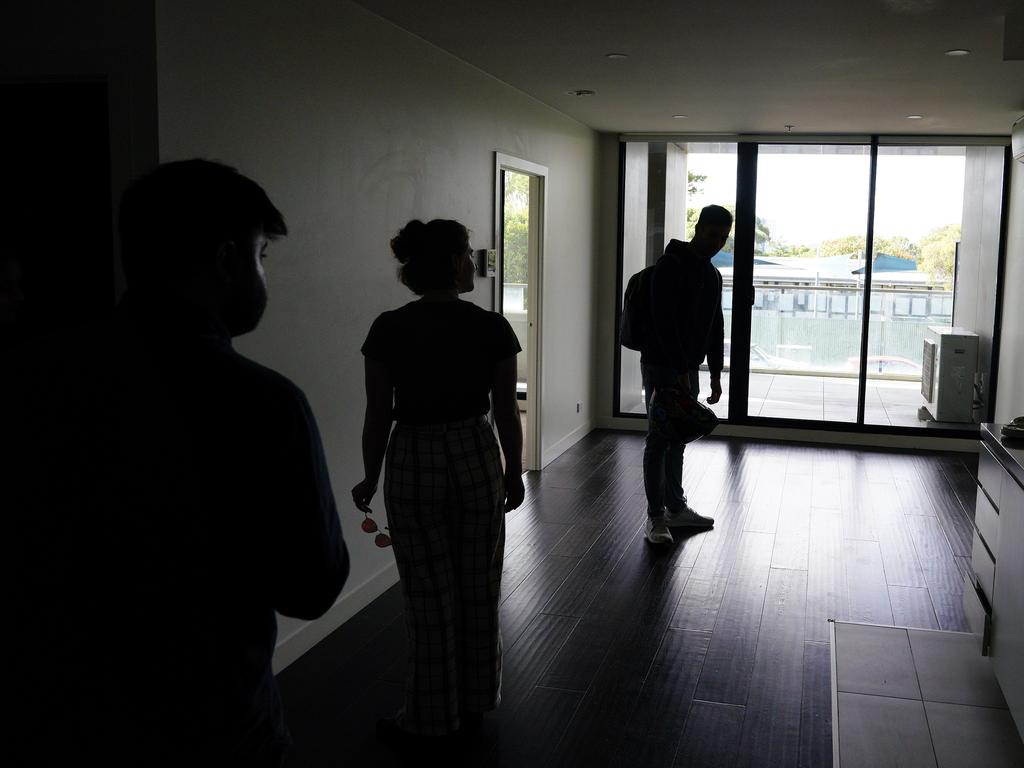
“That price signal is currently going into the existing stock; as landlords increase rent prices, tenants are being pushed out of their existing homes. That brings the property to the market but also means there’s another tenant looking for a lower-cost rental property or are being made homeless.
“By regulating rent increases for existing tenants, the price signal from the new tenancy market is directed into sources of genuine new supply.”
WHO WOULD BE DISADVANTAGED?
UNSW research suggests that with interest rates on the rise and mortgage repayments increasing, the policy could have serious implications for homeowners.
UNSW Professor in the School of Banking and Finance Dr Peter Swan said the rental crisis would become “far worse for tenants and landlords” if a freeze came into force.
“While it is true that tenants who are not evicted may gain temporarily, tenants as a whole lose as rental accommodation is withdrawn, fewer new places are provided, and maintenance of rent-controlled housing deteriorates,” he said.
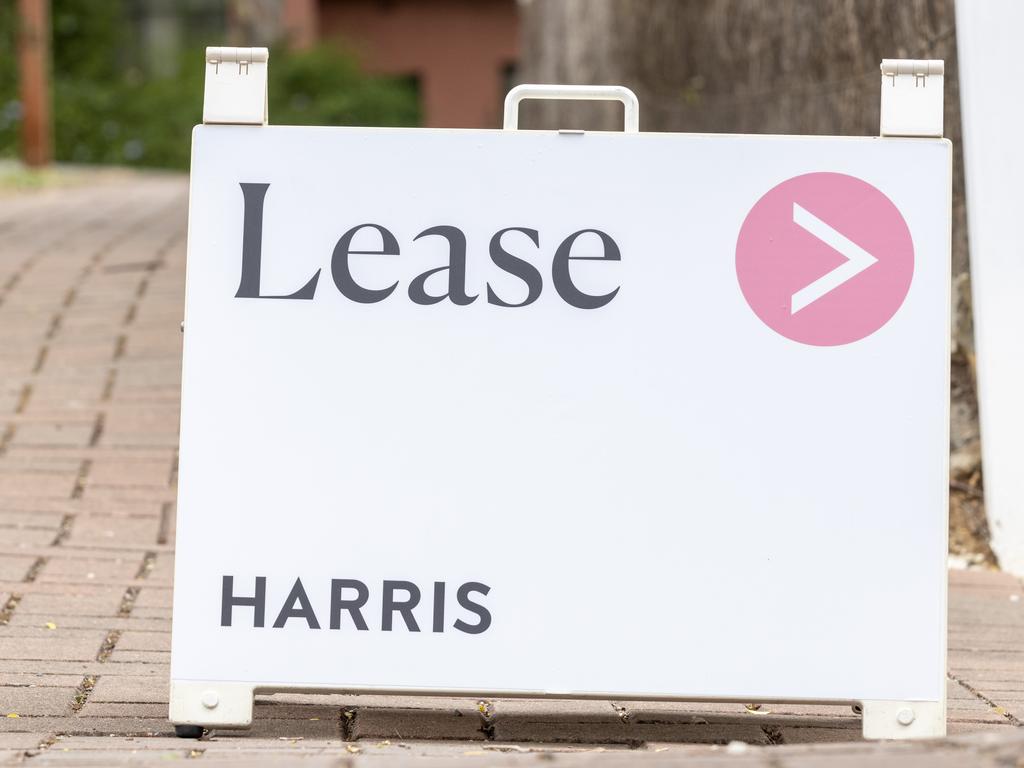
“Rental rates rise due to restricted supply, while landlords with sitting tenants suffer. Eventually, a black market evolves with ‘protected’ tenants unable to move and with the rampant use of sizeable ‘key money’ paid by prospective new tenants.”
Dr Swan highlighted said pre-existing rent control in Canberra doubled in its severity in 2019, according to the Residential Tenancies Act 1997 in the ACT.
“It now limits rent increases to no more than 10 per cent above the increase in the rent component of the ACT Consumer Price Index (CPI),” he said.
“It was previously 20 per cent. As a result, it has left some landlords no option but to sell their properties, leaving evicted tenants back on a tighter rental market.”
MORE: Brad Fittler’s $10m Origin loss hideout
IS THERE A BETTER SOLUTION?
The UNSW research states that a freeze had both positive and negative implications with the need to balance the challenges faced by renters and landlords.
“The solution to the crisis lies in boosting the housing supply,” Dr Swan said.
“However, governments and councils commonly exhibit significant reluctance when it comes to permitting new developments or streamlining bureaucratic processes plagued by excessive regulations and prolonged delays.”
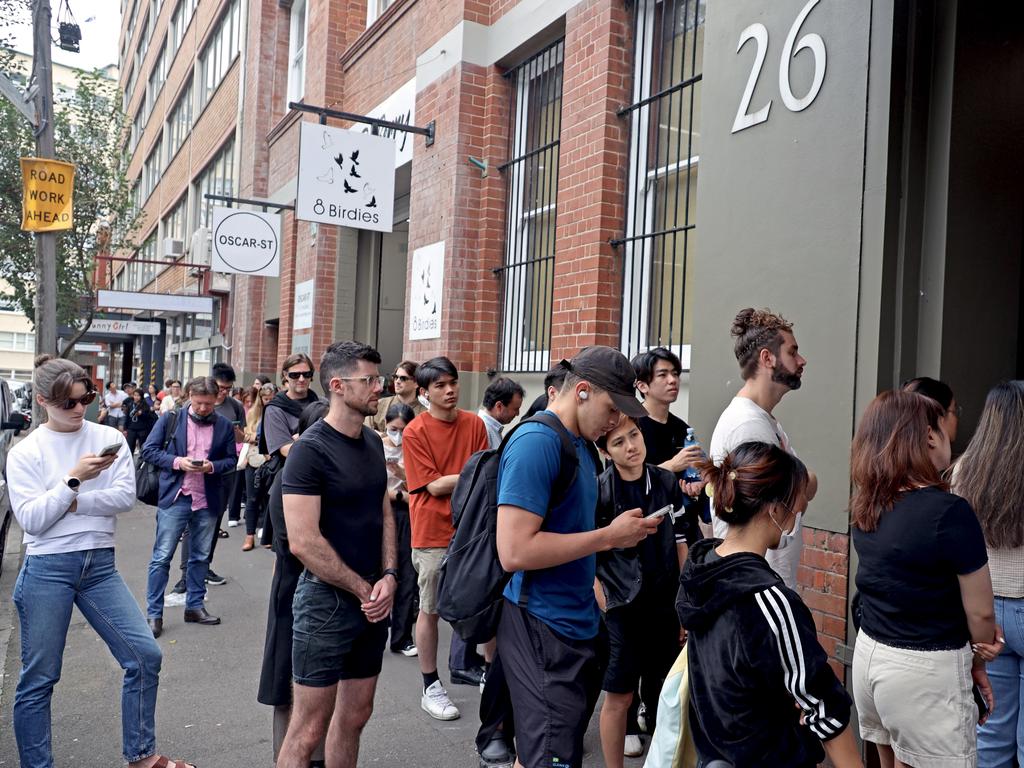
MORE
What’s become of our legendary theme parks
Origin bad boy’s new trophy home
Power couple buy into celebrity enclave
Dr Martin said all variations on rent regulations should be on the table, including international practices and alternative methods.
“Scotland implemented a rent freeze in September 2022, and in April 2023 moved to a rent cap of 3 per cent, in most cases,” he said.

“For years, most Canadian provinces have had rent caps – called ‘guidelines’ there – that limits rent increases to a certain percentage rate set by the government.
“Ireland has a system of ‘rent pressure zones’, if a local government area records increases in median rents above a certain threshold for successive quarters, a cap kicks in, currently 2 per cent, and not more than once in 12 months.”
MORE: Kyly Clarke’s rental woes revealed
Edwina Bartholomew’s new house setback
Beyoncé, Jay-Z buy $300m mansion in cash
Originally published as Shock losers of rent freeze move exposed


